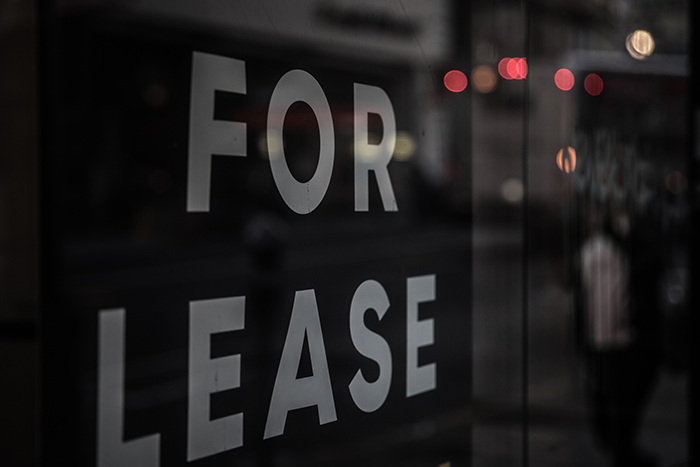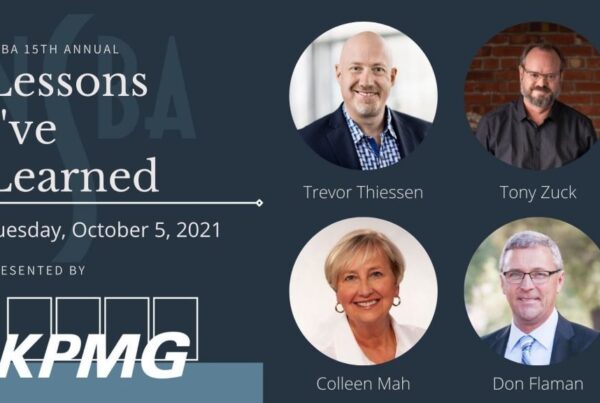This post originally appeared on Saskedge Blog and is republished with permission. Find out how to syndicate your content with theBrokerList.

It’s easy to get skeptical about leasing commercial real estate with all the media reporting business doom and gloom during the pandemic.
Well I’m here to tell you, not only is their rising hope on the horizon but things aren’t near as dicey as some think.
Vacancy is to the market what weather is to the climate
Just because it’s raining does not mean we live in a tropical part of the world, so too could vacancy be compared to the market as a whole.
So many factors go into vacancy that it’s tough to paint the whole market with the same brush.
The fact is when you break vacancy down by type and area the pictures gets a whole lot clearer.
Overall retail vacancy went down during the first part of 2021.
More specifically, the vacancy rate in east suburban shopping developments like University Heights, Stonebridge and Rosewood are down to only 2.62 per cent.
That means that landlords are far from desperate in these areas and that rates are holding steady.
In industrial, there is similar activity with almost 150,000 SF of reported absorption over the previous quarter.
The vacancy rate for industrial is in the Marquis and North Industrial areas are sitting at 3.96 and 3.98 per cent respectively.
If you’re a landlord, those are incredibly favourable vacancy rates.
Comparing apples to apples
I’ve jokingly commented that there are a variety of ways to NOT lease up property.
However, there may be factors that can’t be resolved so easily.
Is the property specific or widely functional to a variety of users?
Are there parking or traffic issues impacting the viability of the property?
Has the property outgrown its useful life and is need of a serious overhaul?
In the most extreme of cases, sometimes tearing down a building to recreate something more useable is the only way to get it leased again.
Long term goals not just fast returns
We often spend time educating prospective tenants on the correlation of income to asset value.
A landlord with a 10,000 SF building on 8th St that was entering $25 PSF net rents cannot afford to drop everyone’s rent by $5 PSF.
Here’s why:
$25 PSF on 10,000 is $250,000 annually
$5 PSF on 10,000 SF is $50,000 annually
A loss of $50,000 on $250,000 is a 20 per cent decrease in net income
If that isn’t staggering enough, consider what a 20 per cent drop in income does to the value of the building when it’s based on the income approach.
$250,000 annual net income at 6.5% capitalization rate = a $3,846,153 building
$200,000 annual net rent at the same 6.5% capitalization rate = a $3,076,923 building
This means that a $5 PSF rate reduction across the board could cost the landlord $770,000 if a sale were to occur.
As well, this can greatly impact financing and re-financing on developments.
Filling vacancies with low rents is a quick fix but will potentially result in a long-term problem.
Posted by Kelly Macsymic
The post Vacancy does not equate to desperation appeared first on The Saskatchewan Edge.



